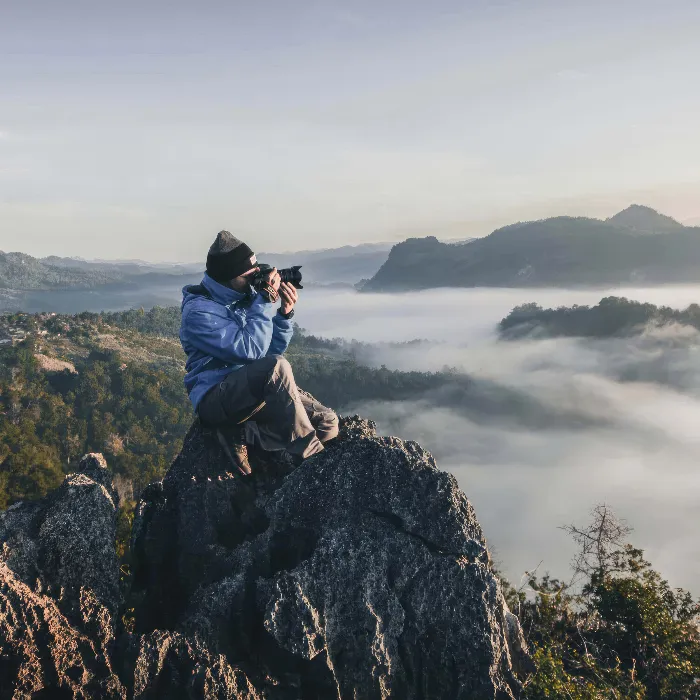Do you want to improve your photographic skills and give your images a clear structure? Then the topic of leading the eye is just right for you! It directs the viewer's gaze precisely to your main subject and helps you implement your intention as a photographer effectively. In this guide, you will learn how to use sharpness, light, and color for optimal leading of the eye.
Key Insights Leading the eye is based on three essential elements: sharpness, light, and color. By using these elements purposefully, you direct the viewer's gaze towards your main subject. Ensure that the background is clean and not distracting. Use blur and saturated colors to enhance the focus.
Step-by-Step Guide
1. Use Sharpness Purposefully
Sharpness is one of the most important elements in photography. Viewers tend to focus first on the sharpest areas of an image. Make sure your main subject is clearly and sharply depicted. This foundation ensures that the gaze is not distracted from the subject.
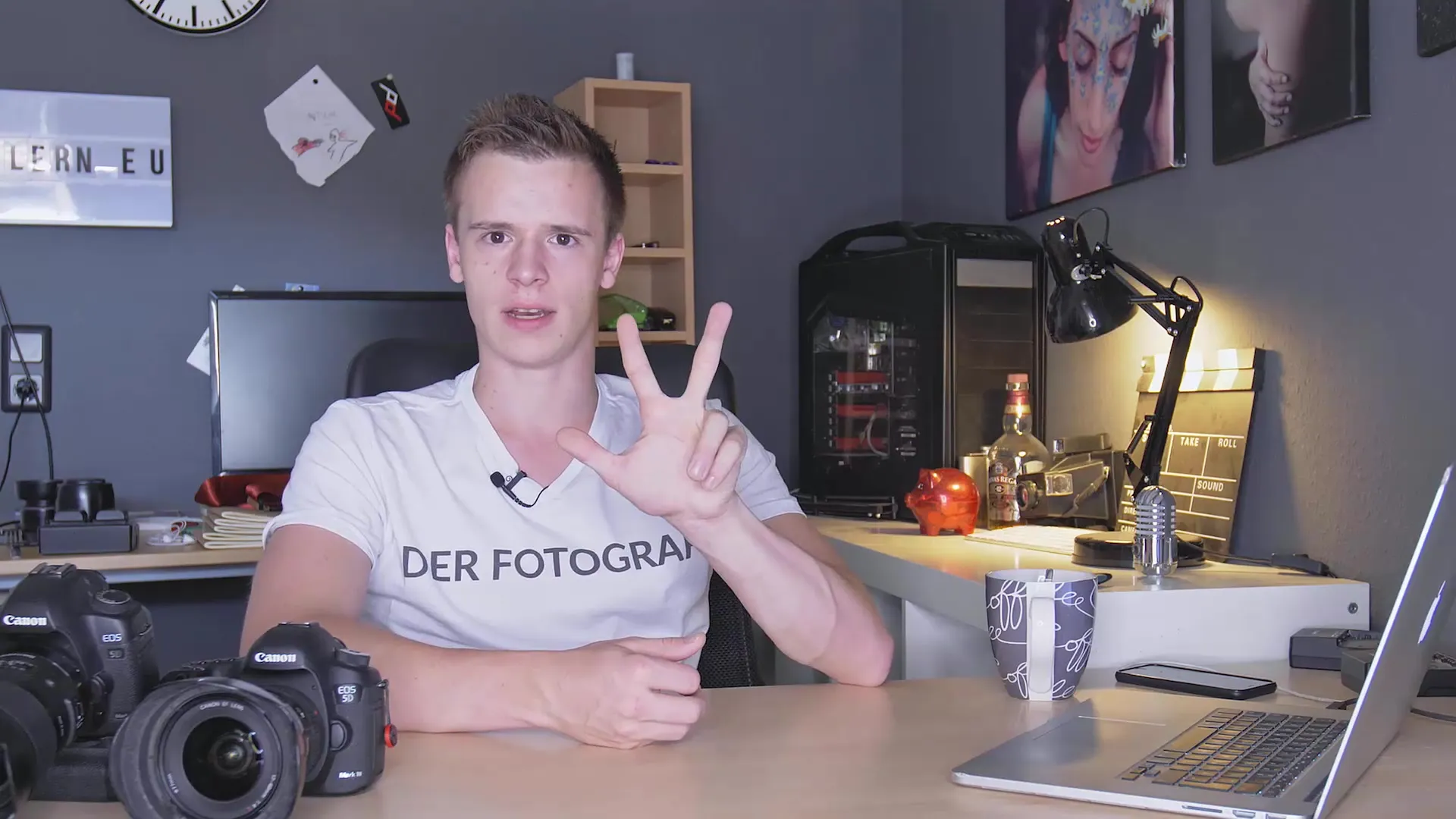
2. Use Light as a Guide
Light plays a crucial role in leading the eye. Bright areas attract the eye, while darker zones fade into the background. Think about how you can use light in your image to draw focus to your main subject. A good example is using vignettes to darken the edges of the image and guide the gaze towards the center.
3. Choose Colors Strategically
Colors have a strong effect on the viewer. Use bright and saturated colors for your main subject, while choosing less saturated tones or even a monochromatic color palette for the background. This way, you ensure that the gaze is purposefully directed towards your subject and it stands out from the background.
4. Pay Attention to Background Design
The background can strongly influence your image. Make sure it appears harmonious and is not distracting. Avoid disturbing elements that could draw attention away from the subject. Consider whether you can blur the background by working with a wide aperture. This way, the focus remains on your main subject.
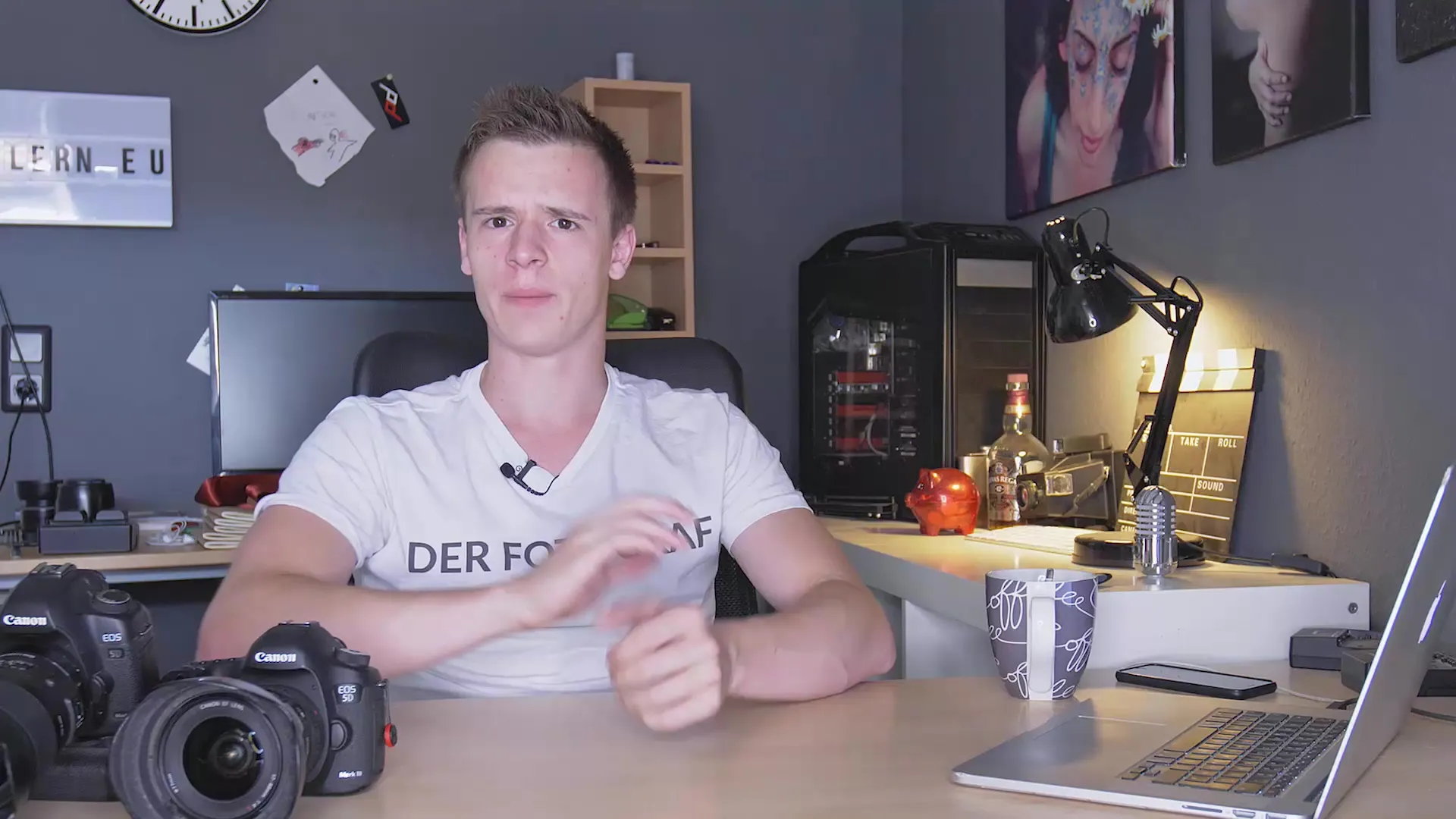
5. Avoid Distractions in the Image
Make sure there are no distracting elements such as colorful trash cans or other unwanted objects in the background of your shots. These can irritate the viewer's gaze and distract from the main subject. If necessary, you can consider such things while photographing or remove them in post-processing.
6. Arrange Elements
The arrangement of elements in the image has a significant influence on leading the eye. Purposefully place bright or interesting details to direct the gaze in the desired direction. For example: the clothing of a model or flowers in the foreground. These small details can be crucial in attracting the viewer's gaze.
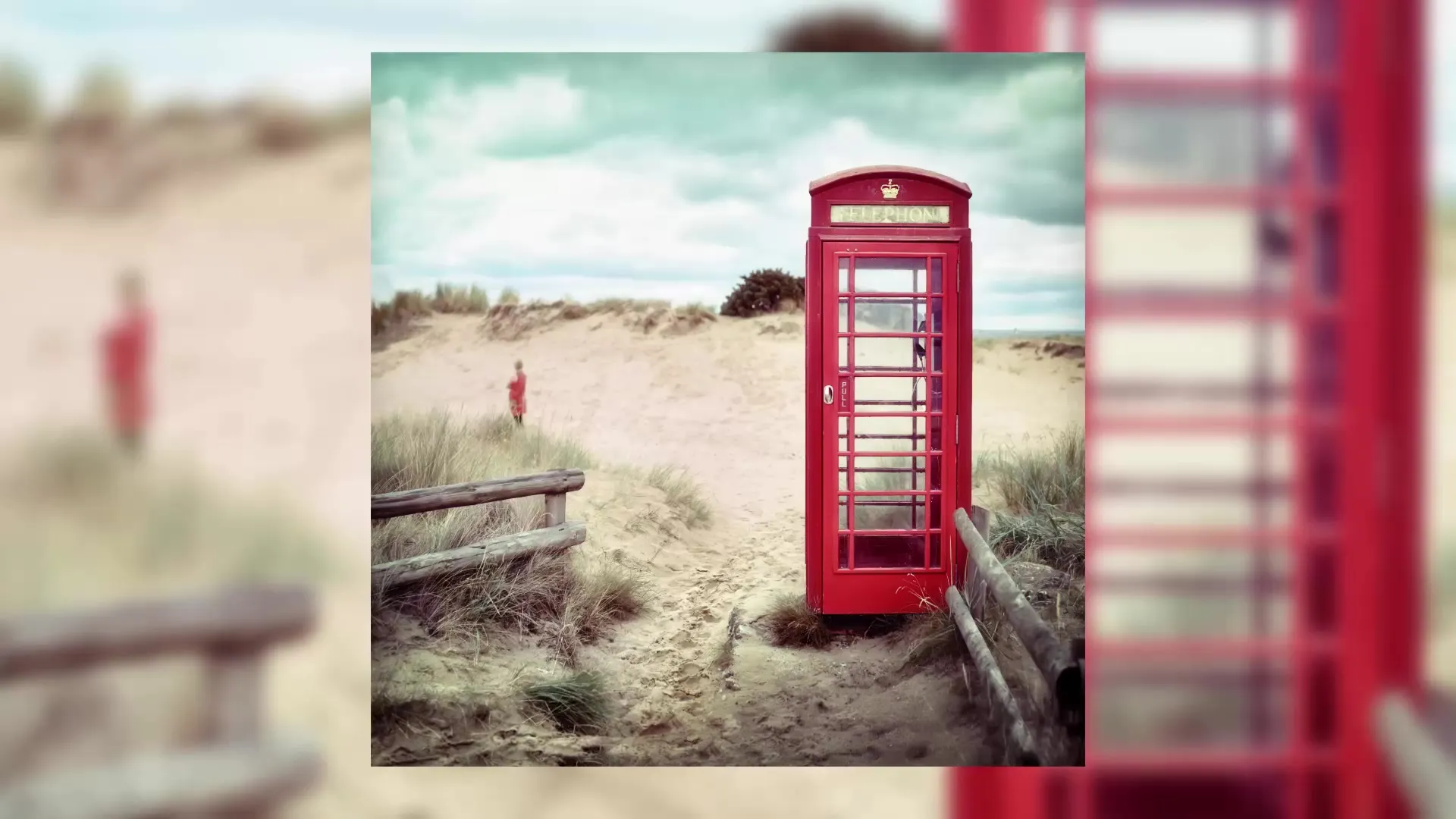
7. Correct Colors and Brightness
Ensure that the colors and brightness of your main subject are correct. Make sure your subject is bright enough to stand out from the background, and that the colors are chosen to attract attention and draw the viewer into the image.
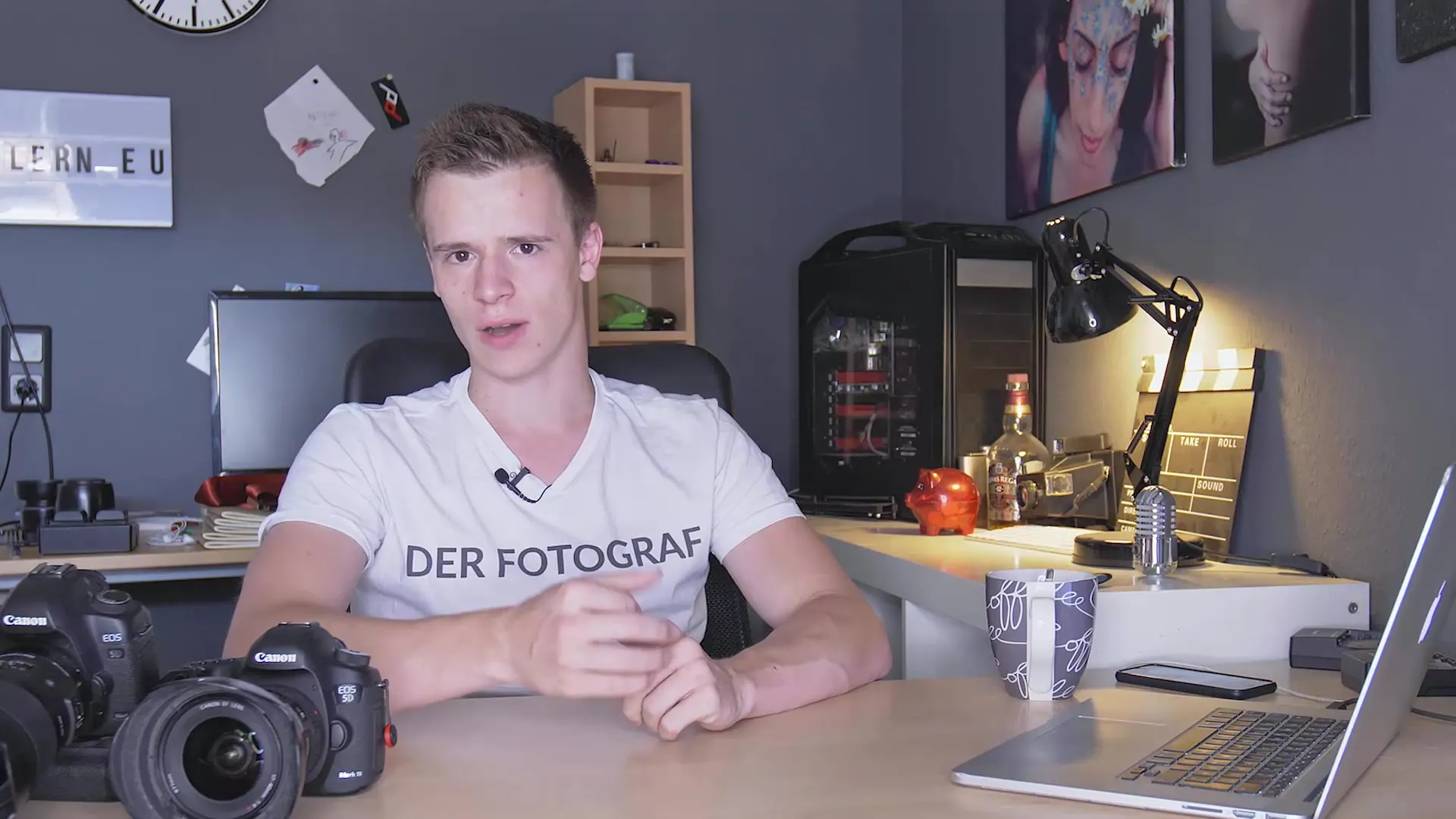
Summary – Learning to Photograph: Leading the Eye in 7 Steps
In this guide, you have learned how to effectively use leading the eye in your photography. The essential elements – sharpness, light, and color – help you direct the viewer's focus towards your main subject. Be sure to keep the background clean and not distracting to achieve the best results.
Frequently Asked Questions
Why is sharpness important in photography?Sharpness draws the viewer's gaze and ensures that the main subject is clearly recognizable.
How can I use light for leading the eye?Bright areas attract the eye, while darker zones tend to remain in the background.
When should I make the background blurry?For portraits, it is advisable to keep the background blurry to draw focus to the person.
How do I avoid distracting elements in the background?Make sure to compose the image so that disturbing elements are not visible, or edit them out later.
How can I use colors purposefully?Use saturated colors for your main subject and unsaturated tones in the background to direct focus.
